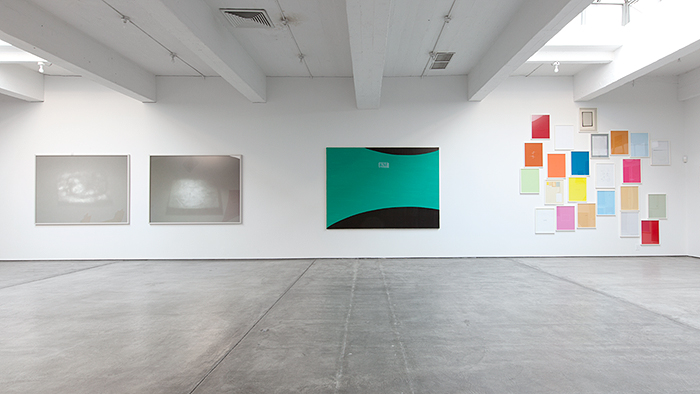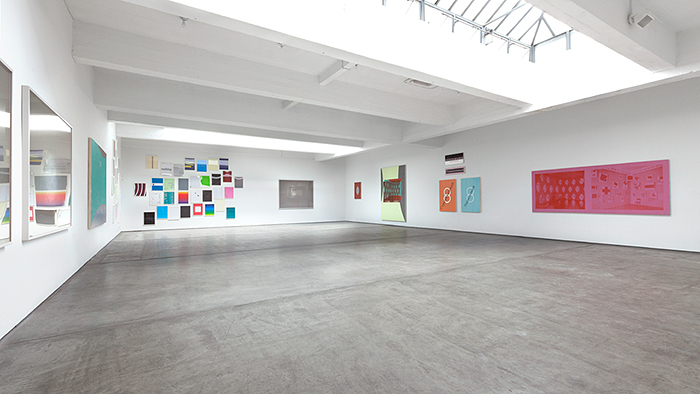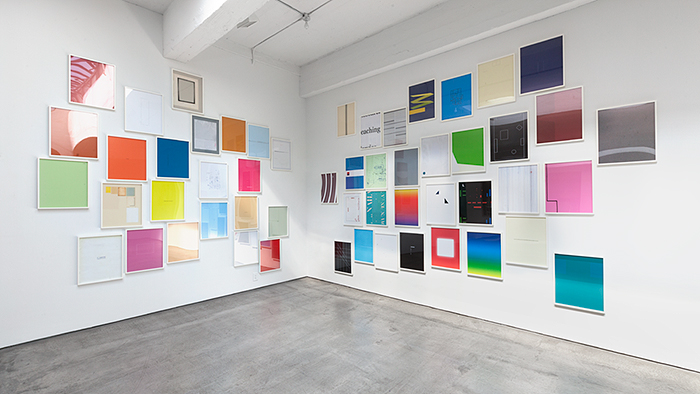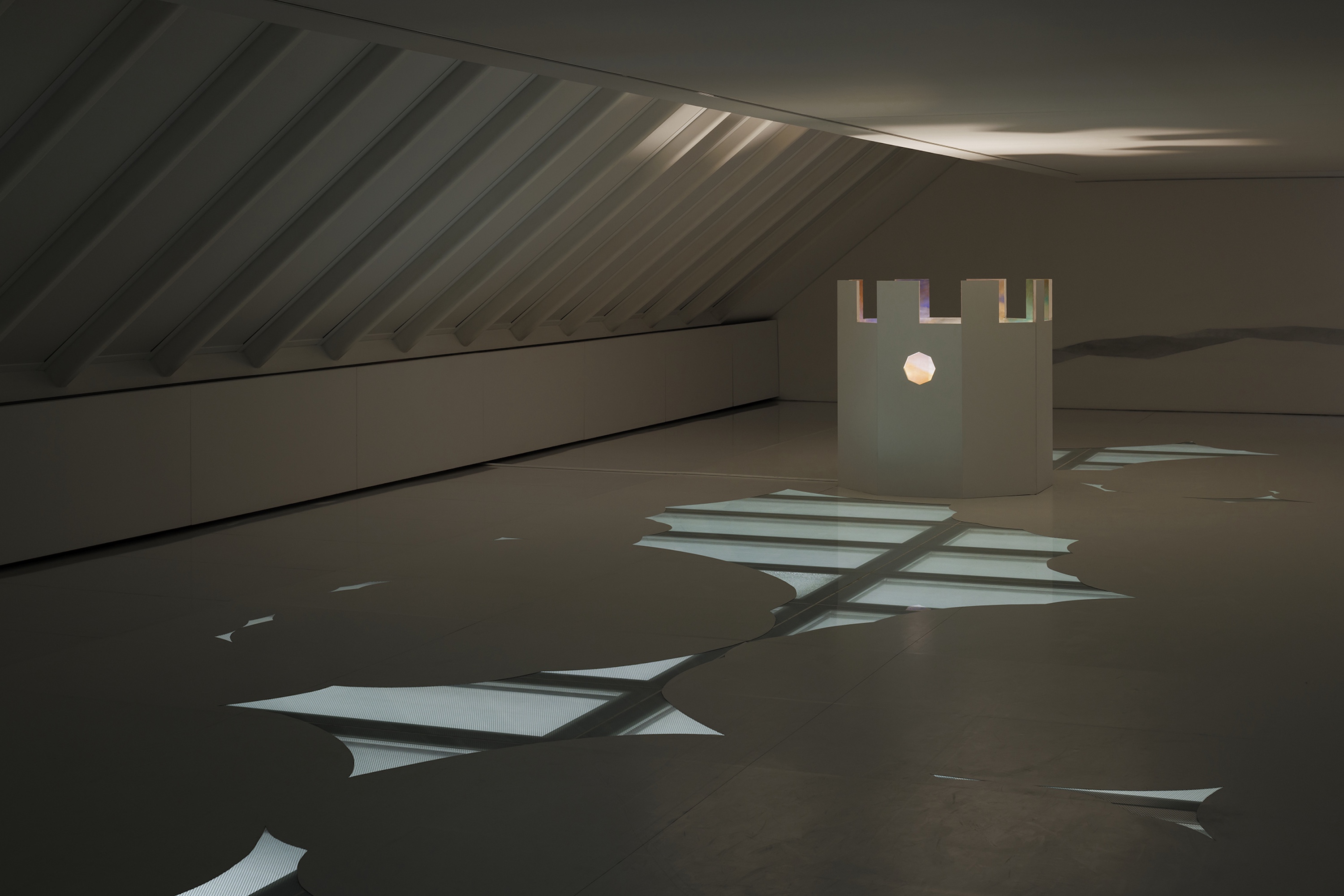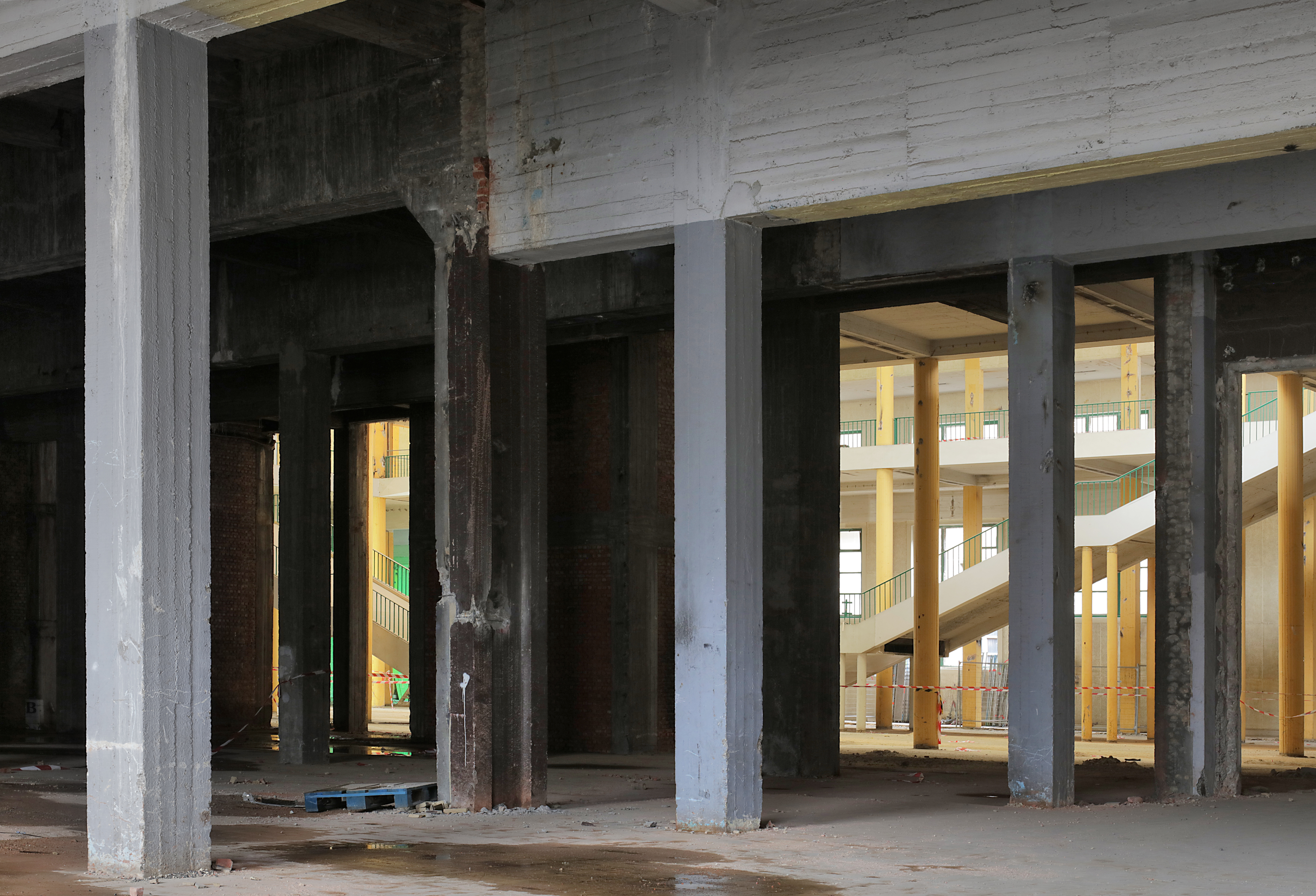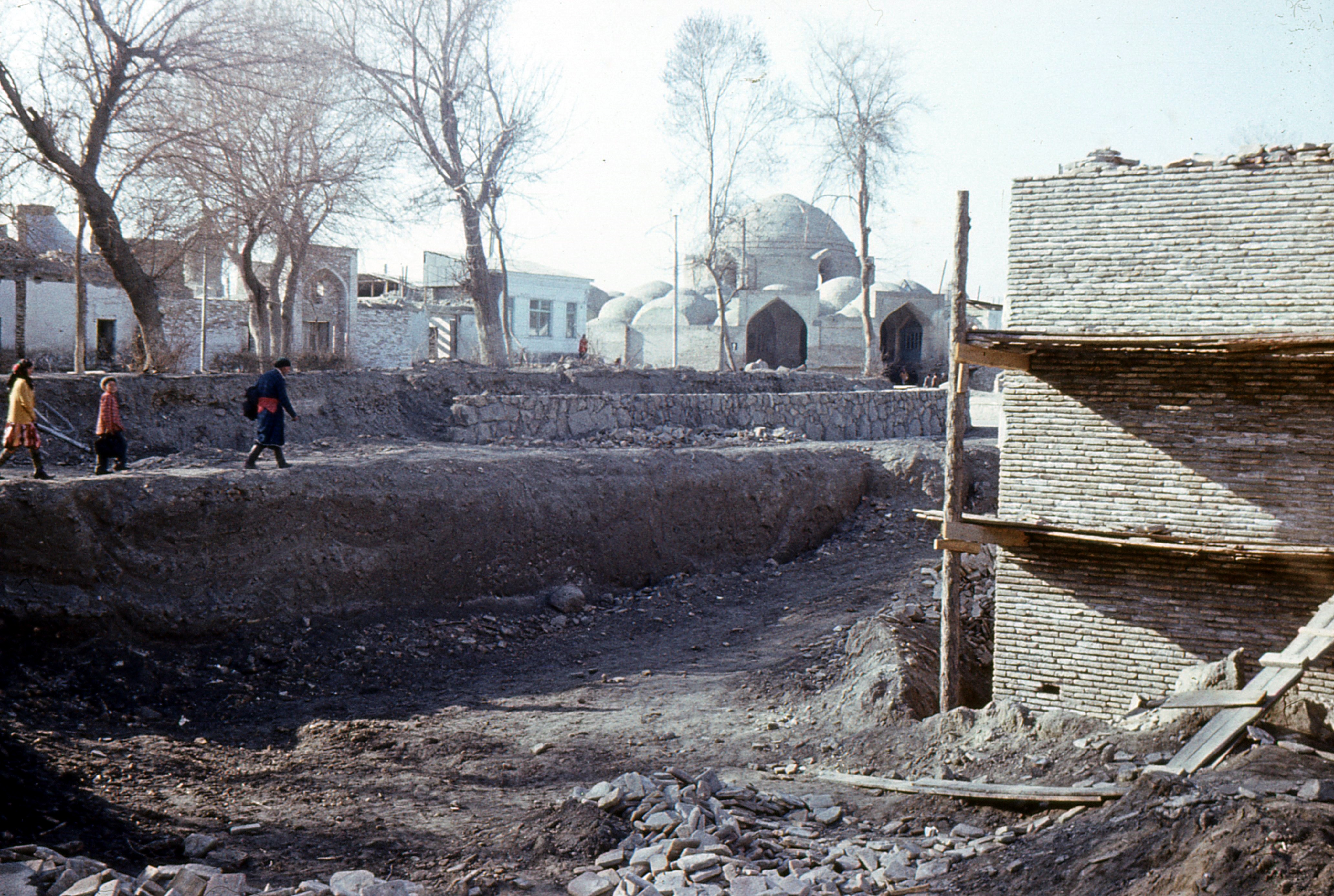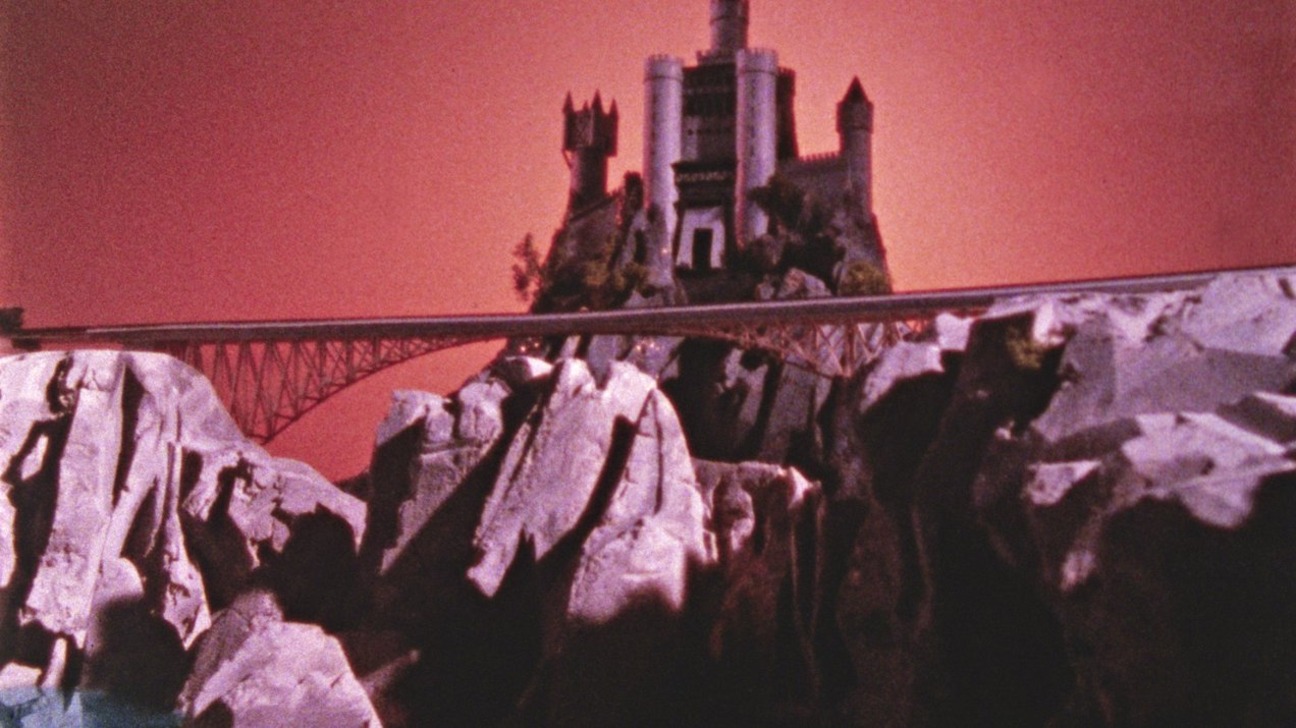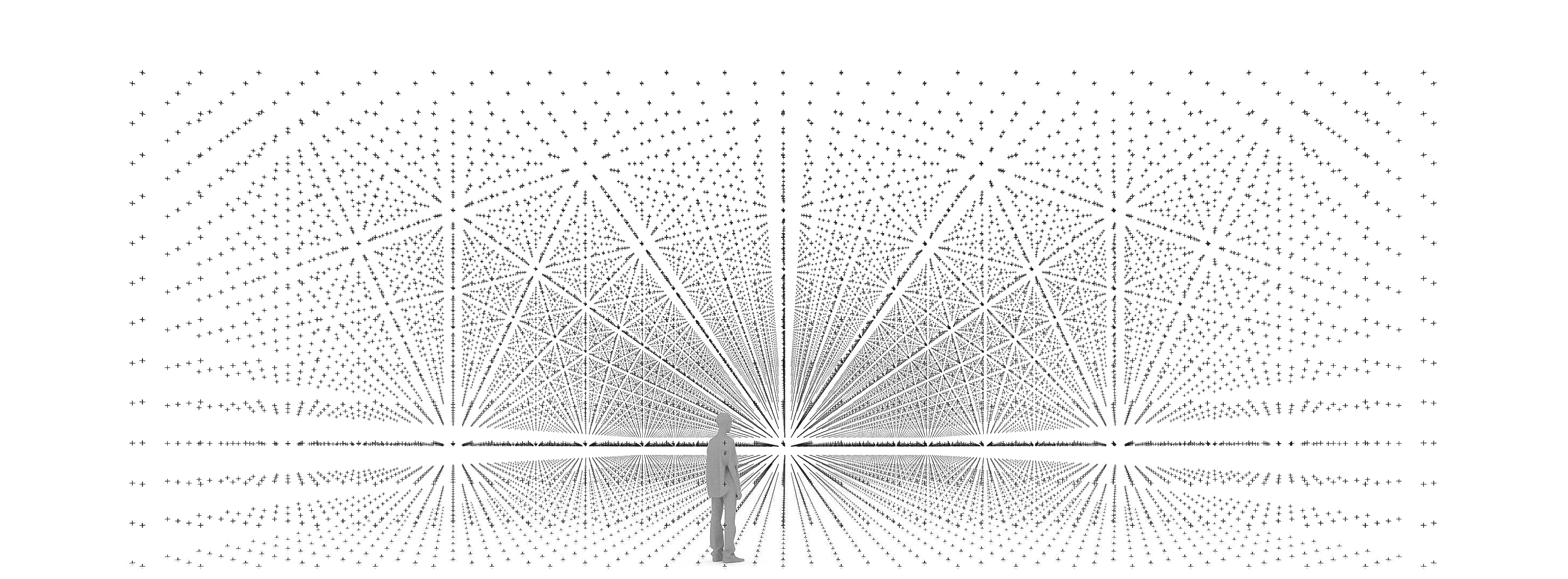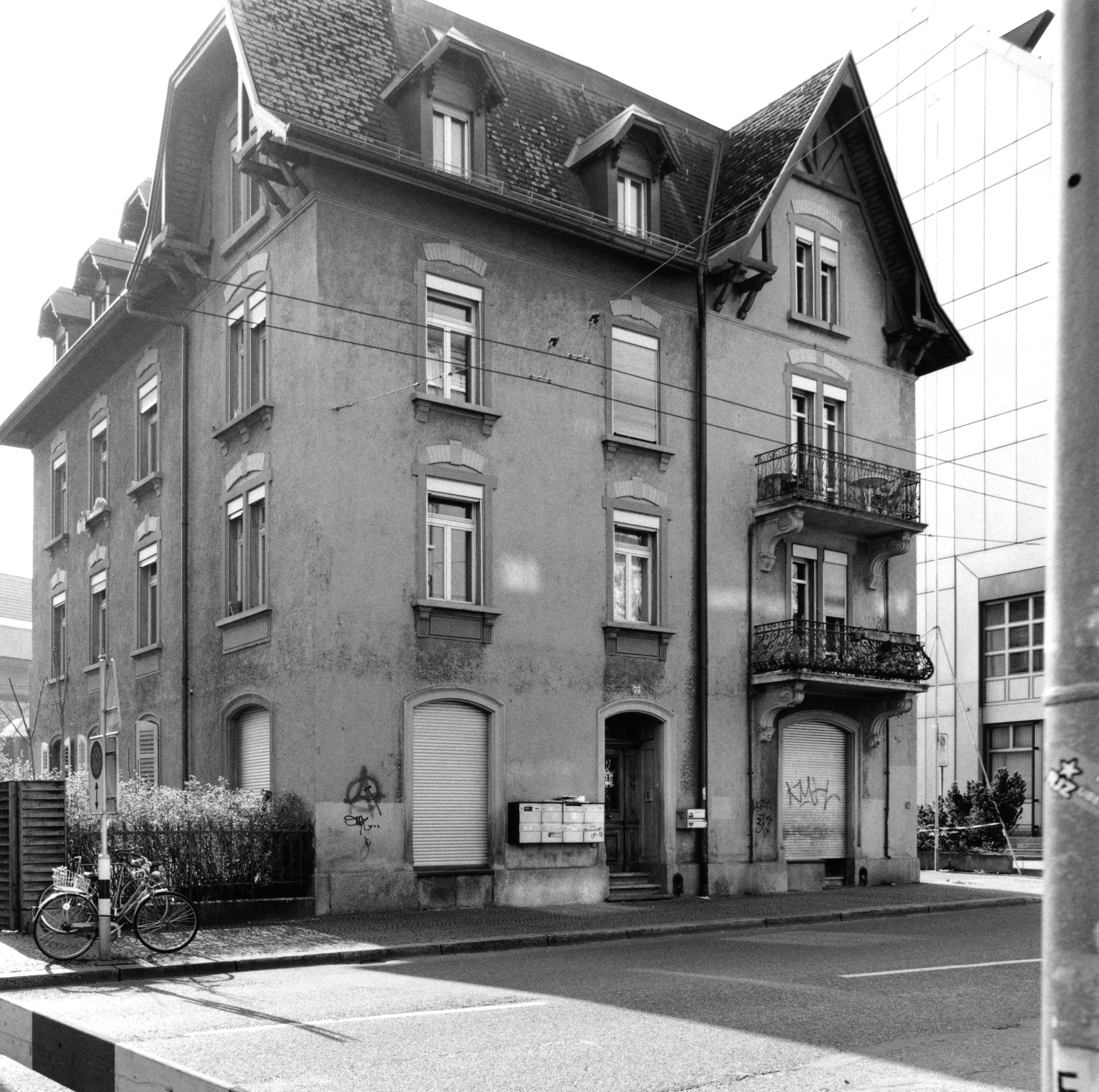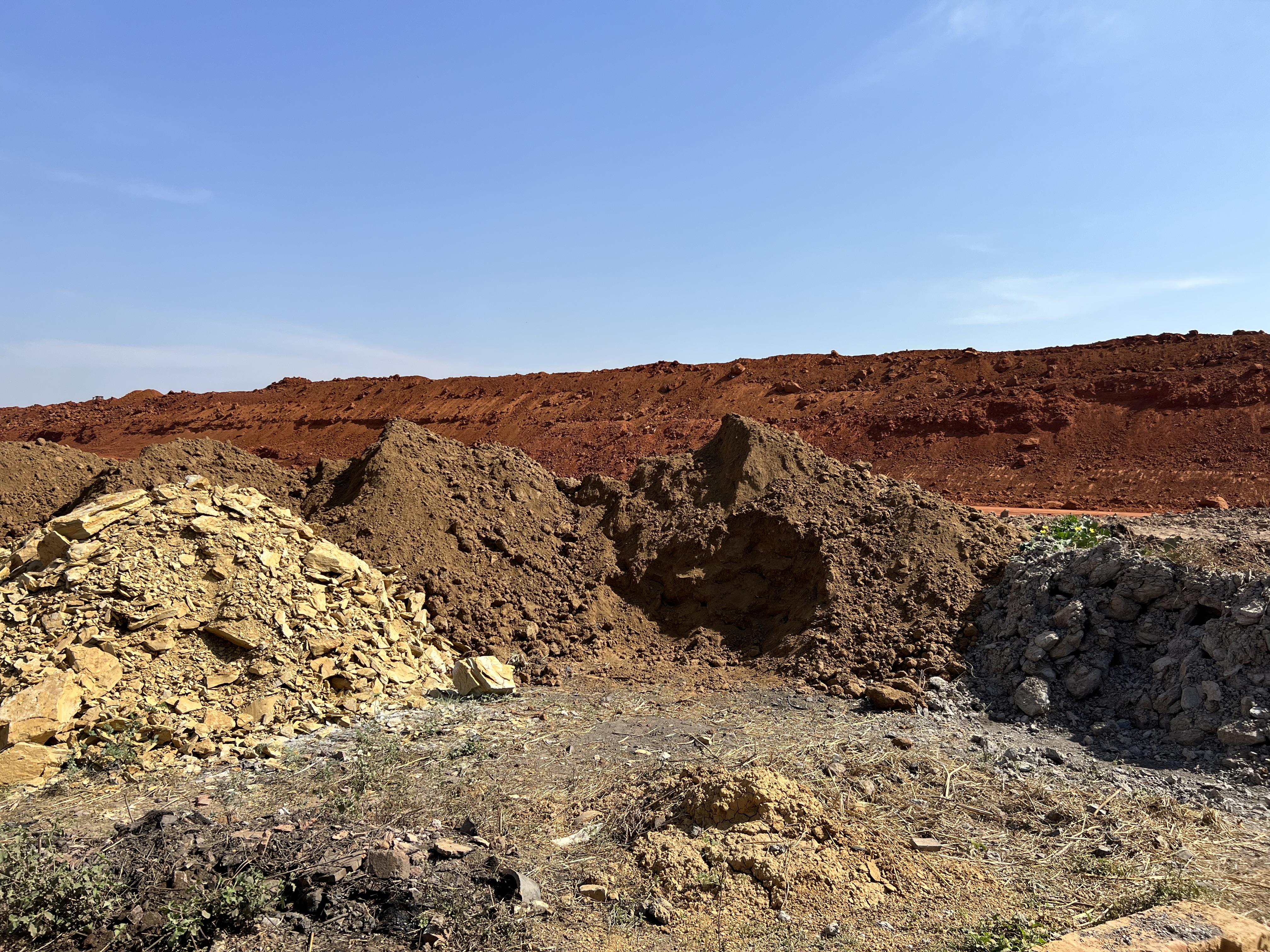September 22–October 27, 2012
A friend once complained that contemporary curating is too conceptual. The goal, he said, ought to be the collection of suggestive affinity—this reminds me of this. If the conversation between works is too clear, or too overdetermined by the frame of the show, the energy dissipates, and individual pieces become instances of an overarching idea, instead of generating ideas themselves. Better to pursue electric potential than abstract rigor.
Thus the difficulty for the curator is twofold. To maintain sensitivity to the work while navigating the labyrinthine bureaucracy and endless paperwork of the profession can be difficult. And even if this sensitivity is sustained, the bias is towards single artist statement shows or large group recitals—usually starved of opportunity in the first case, and diluted in the second—can deflate curatorial impact.
As has been the case throughout history, however, in the rarified air where commercial exchange becomes something more like courtly pageantry, a relative freedom prevails, and occasionally we are treated to masterful displays like the one currently at Paula Cooper in Chelsea. Walid Raad and David Diao is an immensely audacious pairing; not because the artists are so different or so similar, but because the simple formal resonance between the two blooms so elegantly into multiple conversations and reflections.
Raad has always been concerned with memory—in a way, his Atlas Group has been documenting contemporary Lebanese history since 1999—or perhaps, better said, memorializing memory. In the work Scratching on Things I Could Disavow: A History of Art in the Arab World (2008–), Raad intersects capital-H history with that of contemporary art. Working through the presentation of high cultural detritus—abstract, actual, and imagined—Raad opens a specific window onto what is living and what is dead, or what has been actively destroyed in the international project of modernity. As he writes concerning the series "Appendix XVIII: Plates 63–257" (2012):
"The Lebanese wars of the past three decades [not only] affected Lebanon’s residents physically and psychologically… [but] also affected colors lines shapes and forms. Some of these are affected in a material way and, like burned books or razed monuments, are physically destroyed and lost forever, others, like looted treasure or politically compromised works, remain physically intact but are removed from view…. And yet other colors lines shapes and forms, sensing the forthcoming danger, deploy defensive measures: they hide, take refuge, hibernate, camouflage, and/or are dissimulated… [these] took refuge in unexpected places, they hid in Roman and Arabic letters and numbers; in circles, rectangles and squares; in yellow, blue, and green. They dissimulated as fonts, covers, titles, and indices, as the graphic line and footnotes of books, they camouflaged themselves as letters, prices lists, dissertations, and catalogs; as diagrams and budgets. They hibernated not in but around artworks."
Thus, the plates in "Appendix" present slices of that discourse "in and around" contemporary art in which Raad finds history showing up, often in the failure of more familiar ideas fully appearing. So, for example, one plate simply reads "eaching," which allows for us to fill in any number of absent letters that might change the meaning of the word. Add a "t" for teaching, or an "r" for reaching—and the angle on the contemporary scene would snap into specificity. As it is, "eaching" is left undetermined, the raw material out of which a history would be constructed if only the memory were available. Another plate offers "A history of donors," which consists of a blank space in an empty frame. This works both as a sly equation of the donor, a marginal yet essential protagonist in the history of art, with the gilded frame, and also begs the question at the level of structure. What would it mean to tell the history of the donor separate from individuals works of art themselves? Can either history—of donors, of art—actually be subtracted from the other and still be legible? In both works, an absent past is shown to have a shape, a color, and a form, even if that form serves only to highlight what is missing.
Diao, by contrast, is mourning a different set of promises. Known for his investigations into Kasimir Malevich, Mies van der Rohe, and Marcel Breuer, among others, he here riffs on a photograph of the Russian architect Konstantin Melnikov’s studio in Moscow. Constructed in 1927, this cylindrical space and, more specifically, its array of hexagonal windows serve as the basic semantic building blocks for a series of paintings that trace Melnikov’s trajectory. Like Raad, Diao draws heavily on the ephemera and supporting material of the archive: catalogue pages, documentary photographs, and Cyrillic titles combine to produce various mixtures of text and abstracted iconography. Unlike Raad, however, Diao is reflecting on a history of excessive signification and meaning, as modernism in art and architecture runs headlong into Stalinist reaction.
Seeing the two projects side by side, we are treated to two different rehearsals of the way in which simple memes—shapes, colors, words—become separated from their context and come to signify something much more slippery and potent. (Looking at Diao’s work, I was, for the first time, happy that I did not speak Russian, as the opacity of the words in Cyrillic seemed to underline their status as one set of objects alongside others.) Thus, while Raad pursues a structural melancholy backwards in time—highlighting a certain injustice or dissatisfaction precisely by mourning as lost something which may never have actually existed, Diao carries forward bits and pieces of an embattled (and abandoned) project of total emancipation. And it’s thrilling to imagine these two projects as radically complementary. The visual similarity of the two processes—despite their remarkable differences at the level of content—is what makes the show so exciting. It is, in short, a textbook example of what curating can do to activate work in the full breadth of its complexity, rather than cataloging it as straightforward evidence in some preordained interpretation.


